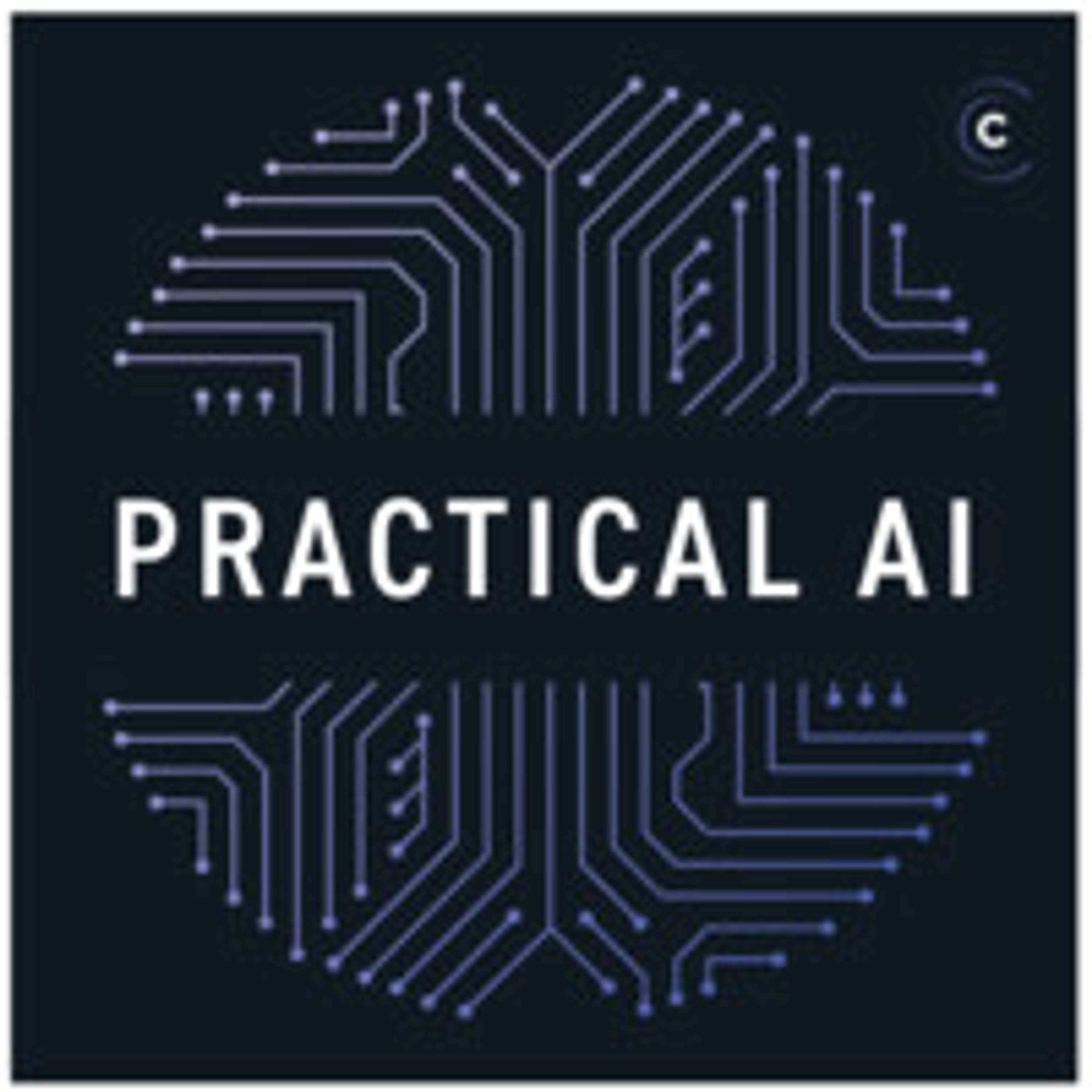
🤖 AI Summary
Overview
This episode dives into how AI and modern engineering practices are revolutionizing the actuarial field. Igor Nikitin, CEO of Nice Technologies, discusses the evolution of actuarial modeling, the integration of programming and AI tools, and how these advancements are reshaping workflows, improving efficiency, and enabling actuaries to focus on higher-value tasks.
Notable Quotes
- If you build modeling on a common technology like Python, you learn it once, and those skills will be just as applicable to any other company where you go.
– Igor Nikitin, on the benefits of standardizing actuarial tools.
- Actuaries spend 50-70% of their time moving numbers between models. With our platform, you click a button, and the system remembers the steps, completing the process in 15 minutes.
– Igor Nikitin, on the transformative impact of automation.
- We envision a future where actuarial modeling is built on common technologies, making the profession more efficient and valuable.
– Igor Nikitin, on the long-term vision for the industry.
🧮 The Role of Actuaries and Their Evolving Tools
- Actuaries are risk management professionals who calculate insurance costs, terms, and compliance.
- Traditional tools include Excel spreadsheets and proprietary software, which are often inefficient and lack modern software development practices like version control.
- Programming was only introduced to actuarial exams in 2018, marking a shift toward integrating technology into the profession.
💻 Modernizing Actuarial Workflows with Python and AI
- Nice Technologies developed a Python-based calculation engine inspired by the video game industry's use of shared development platforms like Unreal Engine.
- The platform automates repetitive tasks, such as rerunning models with updated data, reducing hours of manual work to minutes.
- AI copilots assist actuaries by explaining code, identifying inefficiencies, and generating unit tests, lowering the barrier to entry for non-programmers.
🚀 Overcoming Industry Resistance and Adoption Challenges
- Adoption of new tools requires significant buy-in across departments (pricing, modeling, IT) within insurance companies.
- Common concerns include whether Python knowledge is necessary (it’s not for end-users) and how workflows will change.
- The platform allows for integration with existing tools like Excel or custom GUIs, easing the transition.
🔮 The Future of Actuarial Science
- Igor envisions a future where actuarial modeling is standardized on open technologies like Python, making skills transferable across companies and industries.
- This shift would enable actuaries to focus on innovation and strategy rather than manual tasks, increasing the profession's value.
- Broader adoption of AI tools could further enhance efficiency, accuracy, and collaboration in the field.
AI-generated content may not be accurate or complete and should not be relied upon as a sole source of truth.
📋 Episode Description
In this episode, Chris sits down with Igor Nikitin, CEO and co-founder of Nice Technologies, to explore how AI and modern engineering practices are transforming the actuarial field and setting the stage for the future of actuarial modeling. We discuss the introduction of programming into insurance pricing workflows, and how their Python-based calc engine, AI copilots, and DevOps-inspired workflows are enabling actuaries to collaborate more effectively across teams while accelerating innovation.
Featuring:
Links:
Sponsors:
- Shopify – The commerce platform trusted by millions. From idea to checkout, Shopify gives you everything you need to launch and scale your business—no matter your level of experience. Build beautiful storefronts, market with built-in AI tools, and tap into the platform powering 10% of all U.S. eCommerce. Start your one-dollar trial at shopify.com/practicalai
